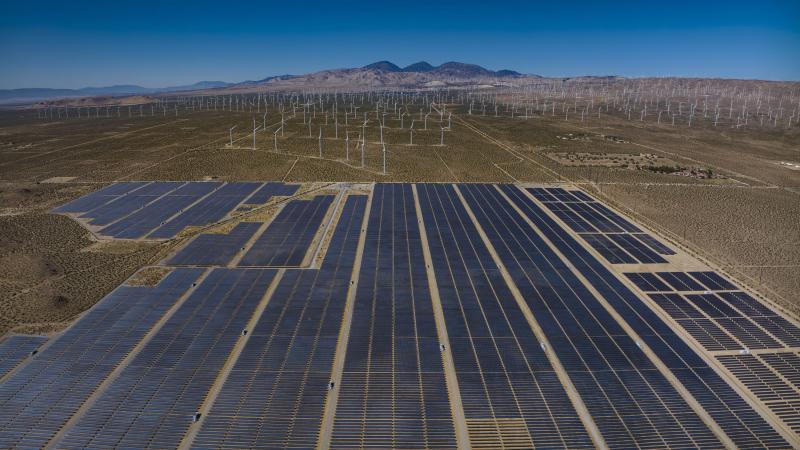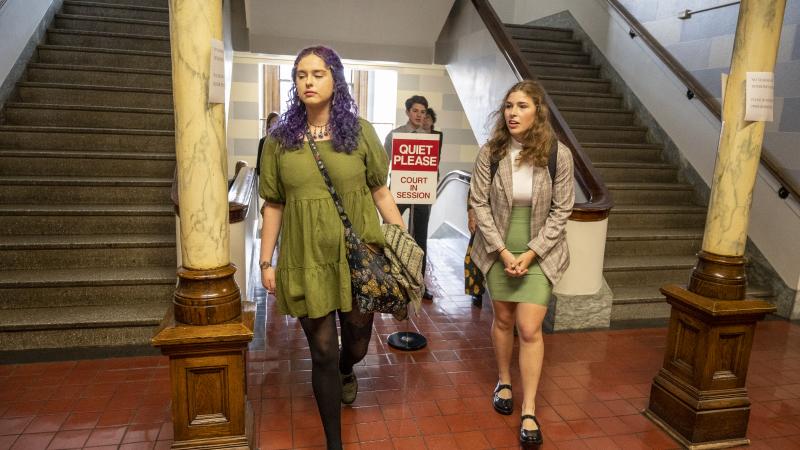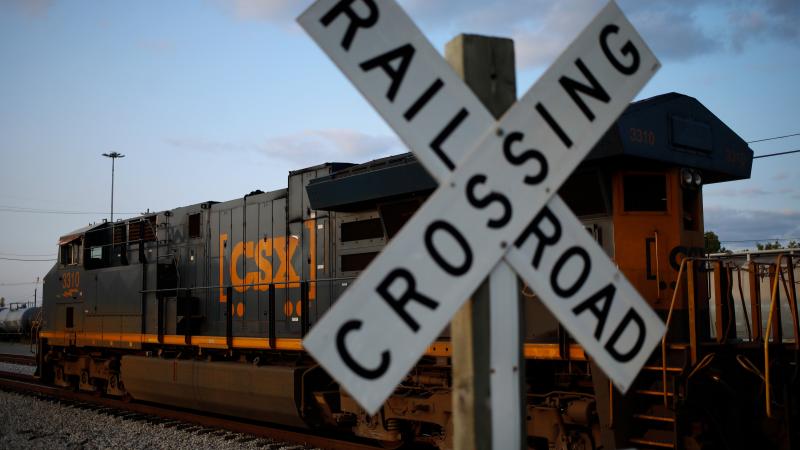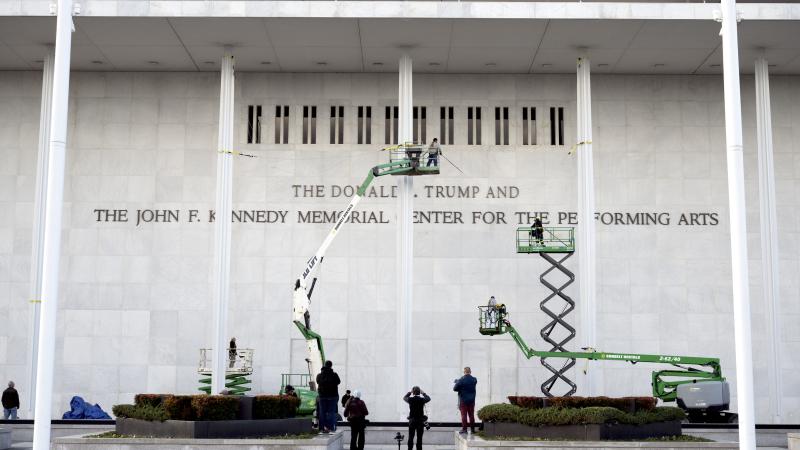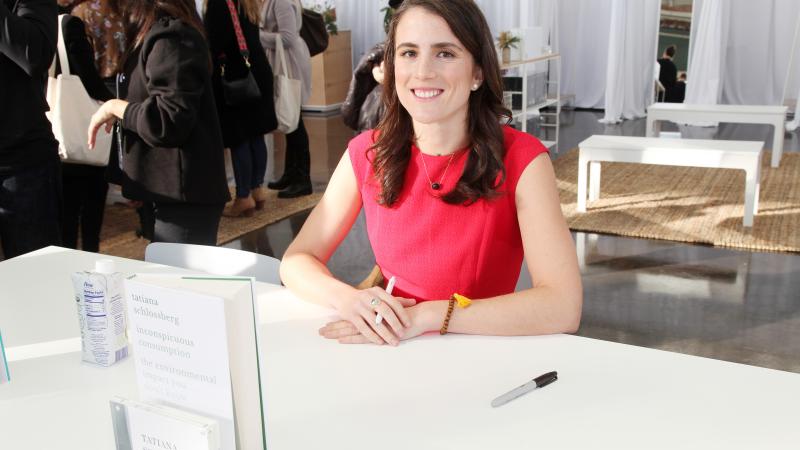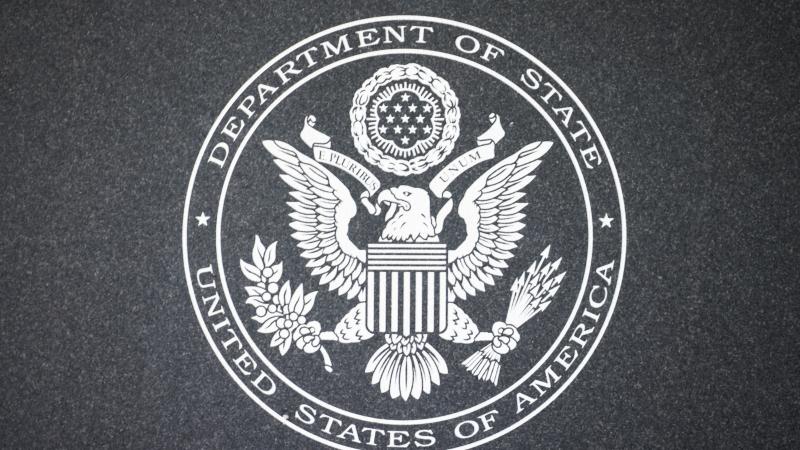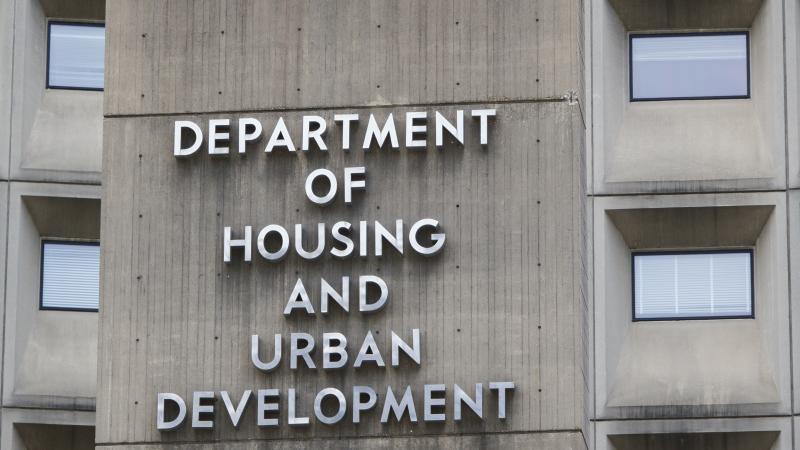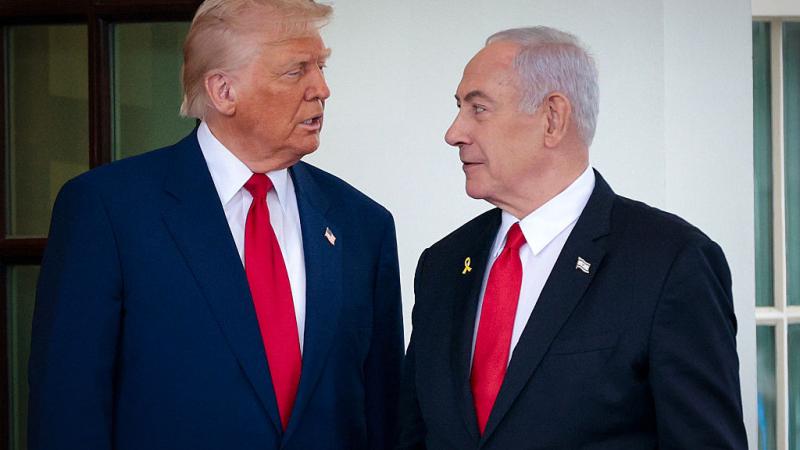Wyoming governor’s speech erupts into fight over future of fossil fuels, carbon capture
To reach the International Energy Agency's carbon-reduction targets 70 to 100 carbon capture facilities will have to come online every year for the next 27 years. Installing the technology on a single power station in Wyoming would cost nearly $468 million.
Wyoming Gov. Mark Gordon sparked a backlash from state lawmakers when he discussed plans to make the Cowboy State carbon dioxide-neutral during a talk at Harvard last month.
“It is clear that we have a warming climate. It is clear that carbon dioxide is a major contributor to that challenge. There is an urgency to addressing this issue,” Gordon said during the “Decarbonizing The West” talk.
The governor added that the problem won’t be solved by turning off fossil fuels, and he promoted the use of carbon capture and sequestration. These technologies either capture carbon dioxide (CO2) at the source, such as the exhaust stack at a coal plant, or directly suck it out of the atmosphere. The captured gas is then stored underground in geological formations.
Captured CO2 can also be used in making products, Gordon noted in his talk, such as asphalt and building materials. It can also be used to help increase production of oil wells, a process called enhanced oil recovery.
Carbon capture sounds simple enough, but critics point out that scaling the technology up to meet the stated goals is an enormously expensive undertaking. Today, there are approximately 40 carbon capture facilities in operation in the world, capturing around 45 million metric tons of carbon dioxide annually.
To reach the goal of making human-caused carbon dioxide emissions neutral by 2050, the International Energy Agency (IEA) estimates that 70 to 100 of these facilities will have to come online every year for the next 27 years. “The numbers are just astronomical. This just isn't going to happen. We're never gonna get anywhere close to these kinds of numbers,” Steve Goreham, author of “Green Breakdown,” told Just The News.
Writing in “Master Resource,” a free-market energy blog, Goreham illustrated the amount of carbon dioxide that would need to be captured to meet the IEA’s goals. The Drax Power Station in England runs on 20,000 tons of wood pellets delivered by 475 railroad cars daily. Carbon capture technologies would need to capture twice that weight in CO2 every day to meet the targets.
During his discussion at Harvard, Gordon said Wyoming was one of the first states to commit to going carbon negative. In 2020, Wyoming passed a law that requires regulated utilities to retrofit their coal-fueled power plants with carbon capture technology.
The law allows a utility to get an exemption if it can prove the upgrades would be too expensive. Black Hills Energy, which supplies electricity and natural gas services through much of Wyoming, estimated that installing the technology on its Wygen II power station would cost nearly $468 million, which is nearly 12 times more costly than converting the plant to run on natural gas.
Using carbon capture, the utility determined, would also increase residential and commercial customers’ energy bills by 15%.
The Cowboy State, with a half million residents, produces 12 times more energy than it consumes, including 40% of the coal production in the United States. It also has a large oil and gas industry.
After Fox News reported on Gordon’s comments at Harvard, the Wyoming Freedom Caucus legislators and the Wyoming Secretary of State Chuck Gray signed a letter challenging Gordon to a debate with members of the CO2 Coalition. The coalition is a nonprofit organization that disputes that carbon dioxide is the primary cause of rising temperatures and that increases in CO2 are without benefits. These benefits, the group argues, include global greening, a phenomenon confirmed by NASA in which plant life globally is being stimulated as a result of increased concentrations of greenhouse gasses.
Its leadership includes a number of scientists, such as Dr. John Clauser, who won the Nobel Prize in Physics in 2022. “While climate alarmists claim to act “based on the science,” oddly they do not encourage or join
in debate with those who have different views. We believe that in Wyoming, we are better than that,” the letter challenging Gordon to a debate stated.
The governor initially agreed to the debate. Michael Pearlman, a spokesman for Gordon, told Cowboy State Daily that Gordon was “happy to entertain an opportunity to present his position on carbon capture and storage in a public forum focused on finding solutions to keeping core industries viable.”
Gordon then backed out of the debate on Tuesday.
Gordon’s office didn’t respond to questions from Just The News about how he sees Wyoming overcoming the challenges and expense to extensive deployment of carbon capture technology.
Not all Wyoming legislators objected to the points Gordon was making at Harvard. Wyoming State Sen. Cale Case, a Republican, told Just The News that the governor is trying to find ways for Wyoming to maintain the relevance of its fossil fuel industries. He said Gordon’s critics are shutting down any discussion about carbon dioxide emissions.
“I feel like in the big picture of looking at the world, the governor is actually being more realistic than his critics are saying,” Case said. “I don't know how we're gonna change our customers' minds, and for them to decide that coal and oil without any kind of offsets is fine. I don't see that happening.”
Case said the CO2 Coalition’s position may not be wrong, but if Wyoming’s coal plants are shut down, there’s no way they’re going to be reopened. “Without question, most of the world believes that we need to reduce CO2,” Case said.
Wyoming Republican Sen. Cheri Steinmetz, who circulated the letter among her fellow lawmakers challenging Gordon to a debate, told Just The News the governor’s comments at Harvard amounted to capitulation to federal overreach.
“Biden’s plan to decarbonize America will cost Wyoming everything. Instead of fighting this destruction, Gov. Gordon’s policies and his refusal to debate … the merits of climate change theory are evidence of his unwillingness to protect Wyoming,” Steinmetz said, adding that that Gordon's decision to back out of the debate is not the end of the controversy. “I am committed to making sure Wyoming is leading the fight to protect fossil fuels,” she said.
To help deal with the cost of carbon capture development, the 2022 Inflation Reduction Act included increases to the tax credits, referred to as "45Q." Under the law, every ton of CO2 permanently stored gets $85 in tax credits, and $60 if the CO2 is used in enhanced oil recovery. Direct Air Capture, which is where the CO2 is sucked out of the air, gets $180 in tax credits.
Whether that will be enough to support the industry is far from certain. The offshore wind industry, electric vehicles, and hydrogen production have been showered with subsidies. Despite billions in federal support, offshore wind projects are being canceled, automakers are scaling back their EV plans, and at least one major hydrogen company is struggling to stay afloat.
The carbon capture industry will also require building an extensive network of pipelines to carry CO2 from where it’s produced to the areas where the geology is suitable for storage. This has led to fights on the local and state level.
In North Dakota, South Dakota, Iowa and Illinois, pipeline companies have had their permits rejected, or they’ve experienced delays in project timelines as a result of pushback from landowners, Reuters reported.
Despite the expense and challenge, the deployment of carbon capture is in a race against EPA mandates that will impose drastic cuts to power plants emissions by 2040. Assuming the proposal is finalized, utilities could be forced to choose between passing expensive carbon-capture upgrades onto ratepayers or leaving them in the dark.
The Facts Inside Our Reporter's Notebook
Links
- during a talk
- These technologies
- making products
- enhanced oil recovery
- 40 carbon capture facilities in operation
- Green Breakdown
- Master Resource
- Wyoming passed a law
- Wygen II power station
- including 40% of the coal production
- Fox News reported on Gordonâs comments
- CO2 Coalition
- global greening
- leadership includes a number of scientists
- Dr. John Clauser
- told Cowboy State Daily
- backed out of the debate on Tuesday
- increases to the 45Q tax credits
- showered with subsidies
- offshore wind projects are being canceled
- scaling back their EV plans
- struggling to stay afloat
- Reuters reported
- EPA mandates

